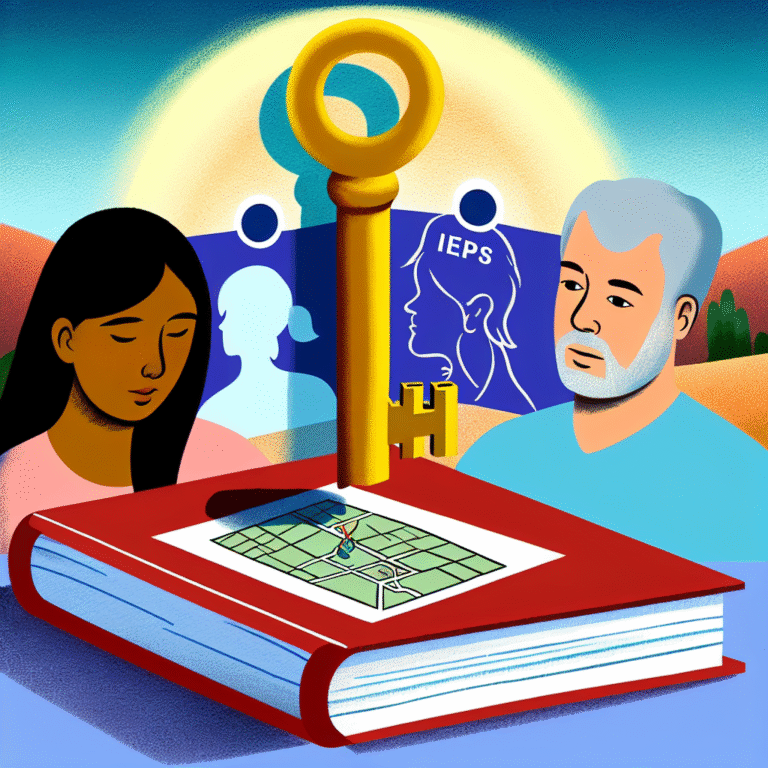Transcending Stereotypes: The Essential Role of Gender Psychology in Identity Formation
Introduction
In a world increasingly shaped by dynamic social interactions and evolving cultural narratives, the quest for identity has become more nuanced than ever. Identity formation is not merely a personal journey; it’s deeply embedded within the frameworks of societal norms and expectations, particularly those related to gender. Understanding the complex interplay of gender psychology in this context is essential for transcending stereotypes that can hinder individual potential. The subject of Transcending Stereotypes: The Role of Gender Psychology in Identity Formation is not only timely but crucial in promoting a more inclusive society where identities can flourish unconfined by traditional roles.
The Foundation of Gender Psychology
Understanding Gender Psychology
At its core, gender psychology examines how societal constructs of gender influence individual identity, behaviors, and interpersonal relationships. Rooted in both biology and culture, gender dictates much of how people perceive themselves and others. Gender psychologists explore how stereotypes—oversimplified ideas about what it means to be masculine or feminine—shape personal and social identities.
Table 1: Key Concepts in Gender Psychology
| Concept | Description |
|---|---|
| Gender Roles | Societal expectations about behaviors deemed appropriate for males and females. |
| Gender Identity | An individual’s personal sense of their own gender, which may or may not correspond with their biological sex. |
| Gender Expression | The outward presentation of gender, encompassing clothing, behavior, and personal interests. |
The Intersection of Identity and Society
Identity formation is an intricate process influenced significantly by social contexts. The interaction between personal experiences and broader societal frameworks creates a unique landscape for each individual’s identity. For instance, someone growing up in a conservative environment may struggle to express a gender identity that diverges from traditional roles.
Case Study: The Impact of Television on Gender Identity
A striking illustration of gender psychology in action can be seen in media representations. A case study by Smith et al. (2019) analyzed how diverse portrayals of gender in children’s programming influenced viewers’ attitudes and self-perceptions. The research demonstrated that children exposed to characters defying gender norms, such as male nurses or female engineers, exhibited broader understandings of gender roles. This study underscores the role of external influences on identity formation, reinforcing the idea that transcending stereotypes is crucial for healthier self-identity.
The Process of Identity Formation
Stages of Identity Development
The journey towards identity formation is multifaceted, evolving through various stages across the lifespan:
- Exploration Stage: Individuals assess various identities, often influenced by peer groups and societal expectations.
- Crisis Stage: An internal conflict arises as individuals grapple with their feelings about gender identity versus societal norms.
- Resolution Stage: In this final phase, a sense of identity solidifies, allowing for self-acceptance and confidence.
How Gender Psychology Enhances Identity Resolution
Gender psychology promotes healthy resolution of identity crises by encouraging individuals to explore and accept their authentic selves. During this process, individuals can confront and challenge the stereotypes that have traditionally defined their existence. The role of effective support systems—family, friends, and community—becomes apparent as they nurture environments where exploration and acceptance flourish.
Visual Representation: Identity Development
Image 1: A diagram displaying the stages of identity development in relation to gender psychology could be placed here. The diagram should emphasize the cyclical nature of exploration, crisis, and resolution, reinforcing the ongoing journey of identity formation.
Transcending Stereotypes
Defining Stereotypes and their Limitations
Stereotypes are often rooted in historical prejudices and can block pathways to authentic self-expression. For example, the stereotype that women are inherently nurturing can create barriers for those who don’t wish to conform to traditional maternal roles.
Strategies for Transcending Stereotypes
To effectively transcend stereotypes, individuals and societies can adopt specific strategies:
- Education and Awareness: Informing communities about the consequences of stereotypes helps dismantle harmful narratives.
- Encouraging Open Dialogue: Safe spaces for discussing gender experiences can foster understanding and acceptance.
- Diverse Role Models: Promoting varied representations in media and leadership positions can challenge normative gender constructs.
Case Study: Gender-Neutral Workplaces
Consider the growing trend of gender-neutral workplaces. A study from the Harvard Business Review (2020) found that companies embracing inclusivity reported higher employee satisfaction and lower turnover rates. By transcending traditional gender roles and stereotypes, these organizations enabled individuals to thrive based on their merits rather than preconceived notions.
The Influence of Culture on Gender Identity
Cultural Variability in Gender Roles
Cultural lenses profoundly shape how gender is understood and enacted. In some cultures, gender fluidity is celebrated, while others rigidly enforce binary roles. Recognizing this variability is crucial for a comprehensive understanding of identity formation.
Case Study: The Hijra Community in South Asia
One poignant example can be seen in the Hijra community in South Asia, which challenges traditional western frameworks of gender. Research by Nanda (2014) highlights that Hijras embody a unique gender identity beyond male and female, often revered in their cultural context. This challenges Western stereotypes and emphasizes that gender identity is more complicated than binary classifications.
Image 2: An infographic illustrating various cultural perspectives on gender could be placed here. This visual would facilitate understanding of the global spectrum of gender identities.
Gender Psychology in Practical Applications
The Role of Therapy and Counseling
Gender psychology provides invaluable tools for therapists and counselors working with individuals facing gender-related challenges. Therapeutic models grounded in gender-affirming strategies encourage clients to explore their identities in a safe, supportive environment.
Case Study: Affirmative Therapy Approaches
A longitudinal study (Kenny, 2021) examining affirmative therapy practices showed that individuals who engaged in therapy that validated their gender identities reported increased self-esteem and improved mental health outcomes. By fostering environments where individuals can express their identities freely, practitioners play a crucial role in transcending stereotypes.
Support Programs and Resource Accessibility
Establishing accessible support programs is essential for helping individuals navigate their identity journeys. Initiatives focusing on education and awareness can foster environments that empower individuals to reject restrictive stereotypes.
Table 2: Key Resources for Gender Identity Support
| Resource Name | Description |
|---|---|
| LGBTQ+ Resource Centers | Safe spaces providing support and resources for individuals exploring their gender identity. |
| Online Communities | Virtual platforms offering peer support and information. |
| Workshops and Seminars | Educational events aimed at increasing understanding of gender psychology and identity. |
Conclusion
The journey toward identity formation is complex and often fraught with challenges rooted in societal expectations and stereotypes. Yet, understanding the essential role of gender psychology in this process illuminates a path towards authenticity and self-acceptance. As we collectively work to transcend stereotypes, embracing diverse gender identities becomes increasingly imperative, not merely for individual growth but for societal progress as well.
Inspirational Takeaway
By engaging with the principles of gender psychology and employing strategies to challenge normative stereotypes, we foster environments of acceptance. This enables individuals to express their true selves freely, paving the way for a more inclusive society where everyone can thrive.
FAQs
Q1: What is gender psychology?
A1: Gender psychology is the study of how societal constructs of gender influence individual identity, behaviors, and relationships.
Q2: How do stereotypes affect identity formation?
A2: Stereotypes can create significant barriers to personal identity exploration and self-acceptance, often discouraging individuals from expressing their authentic selves.
Q3: What are some ways to challenge gender stereotypes?
A3: Education, open dialogue, and promoting diverse role models are effective strategies for challenging and transcending gender stereotypes.
Q4: How can therapy help in understanding gender identity?
A4: Therapy provides a safe space for individuals to explore their gender identities and confront societal pressures, often leading to enhanced self-esteem and mental well-being.
Q5: Why is cultural context important in understanding gender?
A5: Cultural perspectives shape how gender is understood and enacted, highlighting the need for a nuanced approach that recognizes the diversity of gender identities globally.
In the end, by integrating these practices within our communities and personal lives, we have the power to contribute to a broader movement of acceptance and understanding, ultimately transcending stereotypes and nurturing a rich tapestry of identities.





